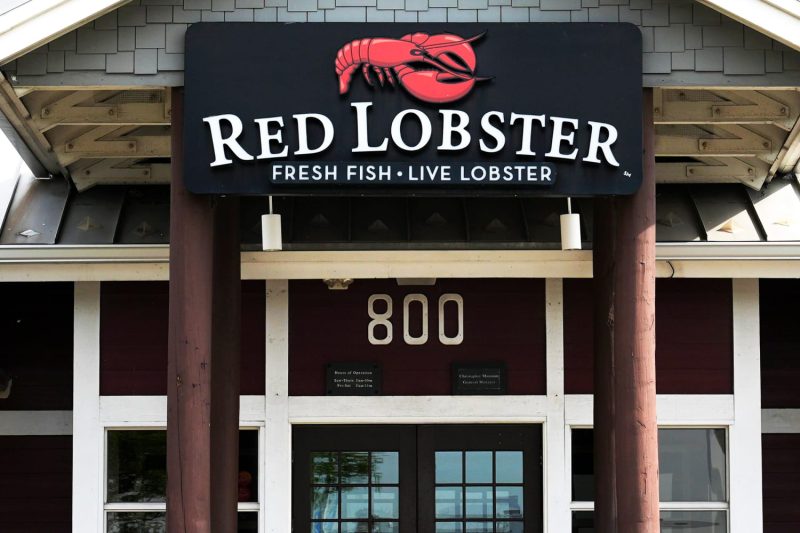
Private Equity’s Grip Tightens: The Real Reason Red Lobster Couldn’t Stay Afloat Beyond Endless Shrimp
In recent years, the dining landscape has witnessed the rise and fall of beloved establishments such as Red Lobster—a seafood chain that found itself floundering under the weight of private equity ownership. While some might point fingers at the all-you-can-eat shrimp promotion as a contributing factor to Red Lobster’s decline, the reality is far more complex.
The journey of Red Lobster into the hands of private equity began in 2014 when Darden Restaurants, its parent company, faced pressure from activist investors to enhance shareholder value. In a move that seemed strategic at the time, Darden sold Red Lobster to Golden Gate Capital for a hefty sum of $2.1 billion. However, this decision set in motion a chain of events that would ultimately lead to the chain’s struggle for survival.
Private equity firms like Golden Gate Capital are known for their focus on short-term profit optimization rather than long-term sustainable growth. In the case of Red Lobster, this translated into cost-cutting measures that compromised the quality of the dining experience. Dishes that were once prepared fresh in-house were replaced with pre-packaged alternatives, diminishing the chain’s reputation for seafood excellence.
Furthermore, the rapid expansion of Red Lobster under private equity ownership led to an oversaturation of stores in the market. Instead of concentrating on enhancing the customer experience at existing locations, the chain spread itself thin, diluting its brand presence and perceived value.
Additionally, the financial engineering tactics employed by private equity firms burdened Red Lobster with a significant amount of debt, limiting its flexibility to invest in innovation and adapt to changing consumer preferences. As competitors evolved and consumer tastes shifted towards healthier, more sustainable dining options, Red Lobster found itself struggling to keep up.
The story of Red Lobster serves as a cautionary tale about the pitfalls of placing profit over people and quality. While the private equity model can offer initial financial gains, its short-term focus and emphasis on financial engineering often come at the expense of long-term sustainability and customer loyalty.
As the seafood chain continues its battle for relevance in a competitive industry, there is a valuable lesson to be learned from its journey under private equity ownership. By prioritizing quality, innovation, and customer experience over short-term profits, restaurants can cultivate a loyal customer base and thrive in an ever-changing market landscape.
